African-American Heritage Museum and Black Veterans Archive, AuroraDr. Charles Smith (born 11/22/1940)
Relocated (incl. Museums)
Aurora, IL, 60505, United States
1986 to 2001
Many of Dr. Charles Smith's sculptures from Aurora are on permanent view at the John Michael Kohler Arts Center's Art Preserve in Sheboygan, Wisconsin.
About the Artist/Site
Dr. Charles Smith’s path began in New Orleans, where he was born, then moved to the Chicago area, where he grew up, to Vietnam, where he fought in the U.S. Marine Corps, to Aurora, Illinois where he became an artist in the fullest sense, and finally to Hammond, Louisiana, where the second iteration of his art environment is currently being built. The Aurora Township location of Dr. Smith’s African-American Heritage Museum and Black Veterans Archive (AAHM&BVA) was dramatically altered in 2000. Elements of the original environment still exist, but the site at its aesthetic and conceptual peak, as described and illustrated in this narrative, is no longer extant.
Charles Smith was born on November 11, 1940 in New Orleans. His mother, Bertha Mary Smith, was an inspiration and vital force in his life. After the death of her husband in the late 1940s, she brought her three children to Chicago. In 1955, when Dr. Smith was fifteen, Bertha Smith took her children to pay their respects at the funeral of Emmet Till. The experience had a profound effect on him, embedding searing ideas and feelings about racism, to which he later gave expression in his sculptural environment and archives.
In January 1966 Smith was drafted into the U.S. Marine Corps. He served for two years as an infantryman in North and South Vietnam. His experiences in combat left deep physical, psychological, and spiritual wounds, and lasting memories of brutality, pain, suffering, and loss. He was honorably discharged in 1968. From that time until 1986 he had several jobs and a period of married life, but his life spiraled downward as his circumstances declined, due to his inability to work and his struggles with post-traumatic stress syndrome. Of this time period and his transition to becoming an artist he said:
I was a drug addict, I was lost and confused, full of hate from the racist attitudes that drove me to this point. But then God came and gave me just what I needed. He gave me a weapon that is potent, powerful, and relevant.
In 1986 economic circumstances led him to 126 South Kendall Street in Aurora Township, Illinois, a fairly derelict property, where he directed his energies into a soulful and powerful project. Over a period of fourteen years he transformed his home and yard into a monumental sculptural environment commemorating the people and events of African-American history, from the inception of slavery to the present. He began using the self-imposed title “Dr.” to connote the status he achieved from studies and life experiences, as an indication of accumulated wisdom. His work began with his immediate experience – the inequities manifested by the country towards African American Veterans – and expanded to encompass the entire African American experience, a project without end.
Dr. Smith created large fixed monuments of rock, broken concrete, and wood along the North Avenue border of the site, representing Africa, the Middle Passage, and slave ships. He then incorporated a succession of life-size figural sculptures representing moments in the Civil Rights movement into this and other narrative, bunker-type structures protecting the perimeter of the yard. He completely transformed his house with layers of sculptures and signage, and filled the yard with figural sculptures. He built armatures of found materials and covered them with wood fiber, plaster, cement, fabric, and all manner of found materials, and finished them off with a sturdy patina of enamel paint. Once painted, the works were left outside to be exposed to the elements in a process he called “weatherization,” thus beginning their “lives” as figural sculptures out in the world. The figures represented many real people, as well as an ever-growing number of unidentified, ordinary people, such as those we encounter in everyday life. One of Dr. Smith’s most excruciating memories from Vietnam was the death of a friend and brother-in-combat, and he created a figural memorial to Sergeant Ramey that stood at attention in the center of the roof of his house, becoming a symbolic lightning rod for the AAHM&BVA.
The site consisted of a series of pathways with layers of metaphorical associations, from the Middle Passage near the beginning of a chronological tour of the exterior (perhaps coincidentally at the south east corner of the site, referencing the direction of Africa), to the individual and collective rites of passage suggested throughout. A monument to the Underground Railroad anchored a corner near the entrance to the yard, and its history was referenced throughout the site in figural sculptures commemorating people who participated in the arduous, dangerous struggle to ferry slaves to freedom and harbor them en route.
Based on a report conducted by the author in 1999, the site was comprised of nearly 600 sculptures and 150 fixed monuments. A fundamental aspect of the site was continuous change, and the site was typically in a state of creation and transition. All elements were subject to being altered, moved, changed into something else, affected by weather, sold, and even vandalized, on a regular basis. About this Dr. Smith said: “Everything moves along extemporaneously as God moves me. He shows me how to do it, where to put it, and how to construct it.”
In 2000, working closely with Dr. Smith, Kohler Foundation, Inc. (Kohler, Wisconsin) removed 448 sculptures from the site. The sculptures were conserved and gifted to museums around the country. Over 200 were gifted to the John Michael Kohler Arts Center (Sheboygan, Wisconsin), where they have been included in several exhibitions. Dr. Smith is currently at work on an environment with similar themes in Hammond, Louisiana.
~Lisa Stone
Update, April 2021: Dr. Smith's home in Aurora was demolished in April 2021. It was severely dilapidated at the time; however, some discrete works remained on site. It is unclear what will happen to those pieces.
Contributors
Materials
concrete, paint, wood, stone, found objects
SPACES Archives Holdings
1 folder: clippings, correspondence, 35mm slides
Related Documents
Map & Site Information
Aurora, IL, 60505
us
Latitude/Longitude: 41.7579896 / -88.2947675
Nearby Environments


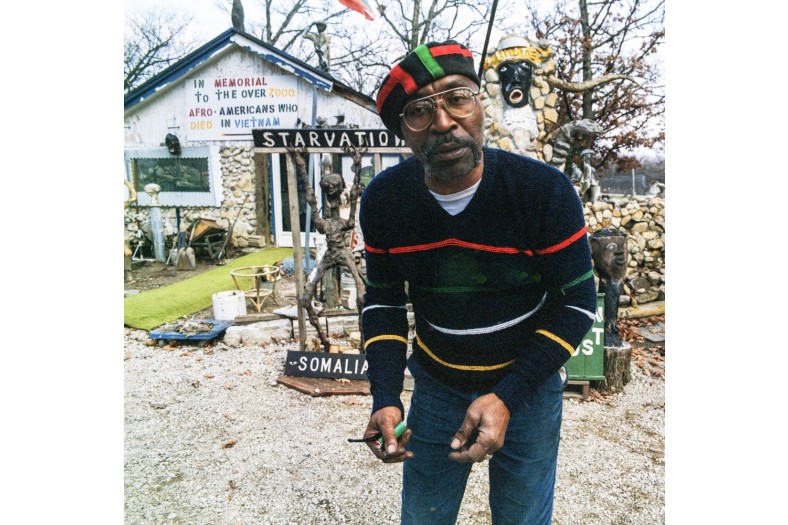
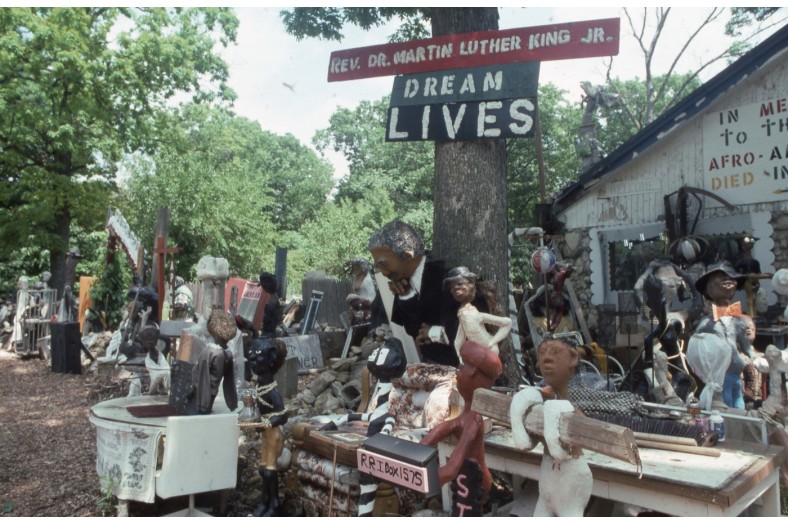
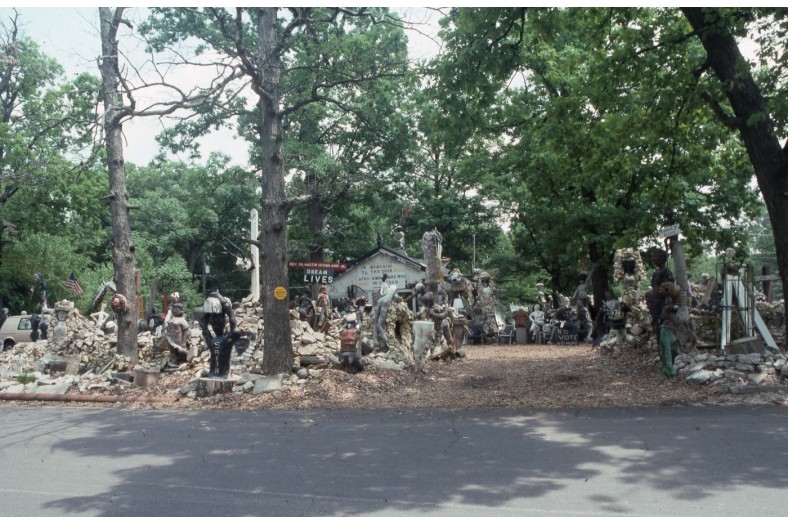
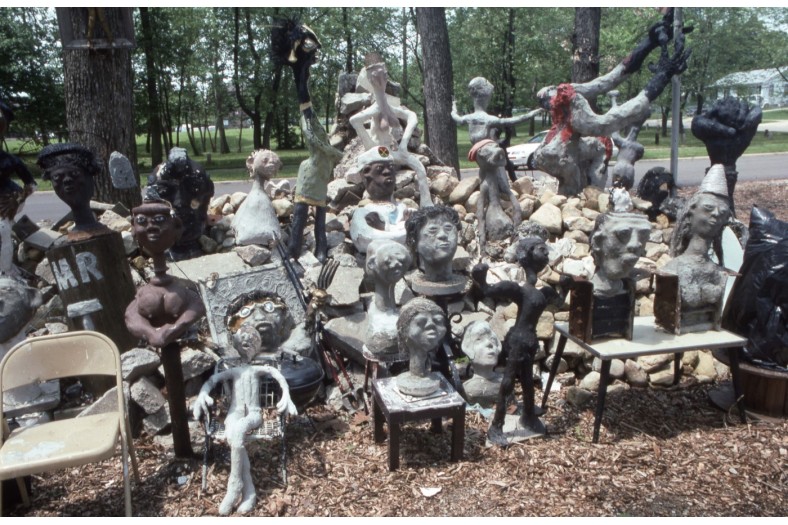
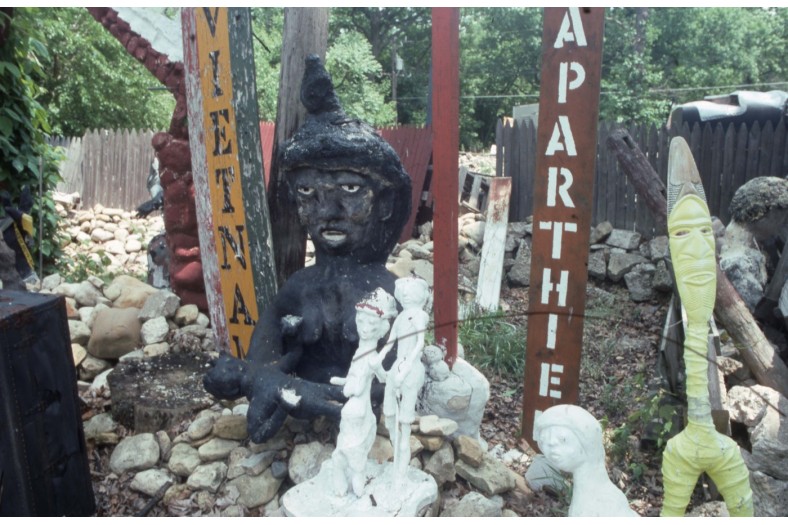
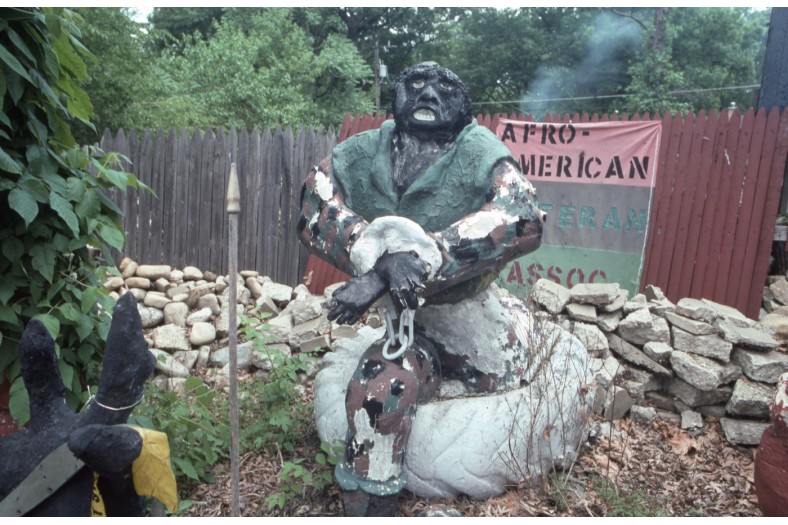
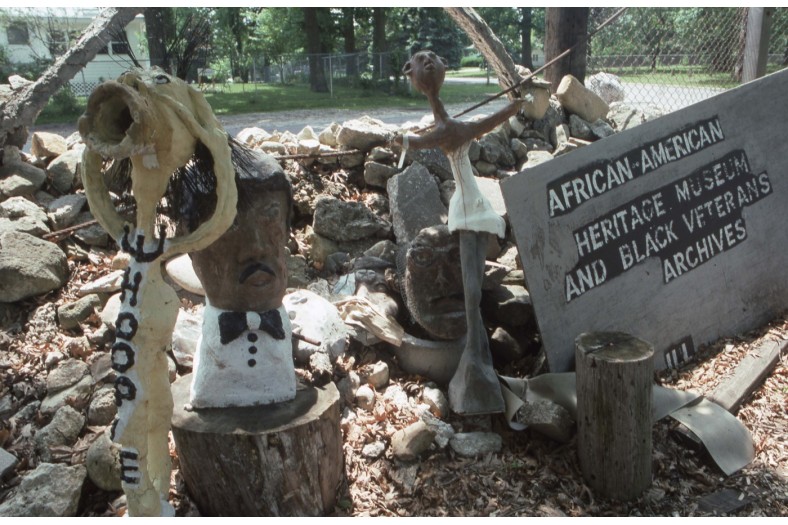
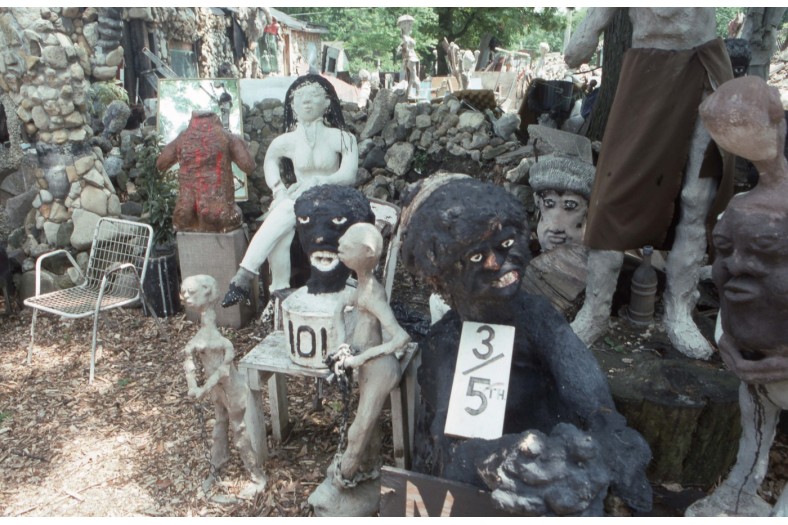
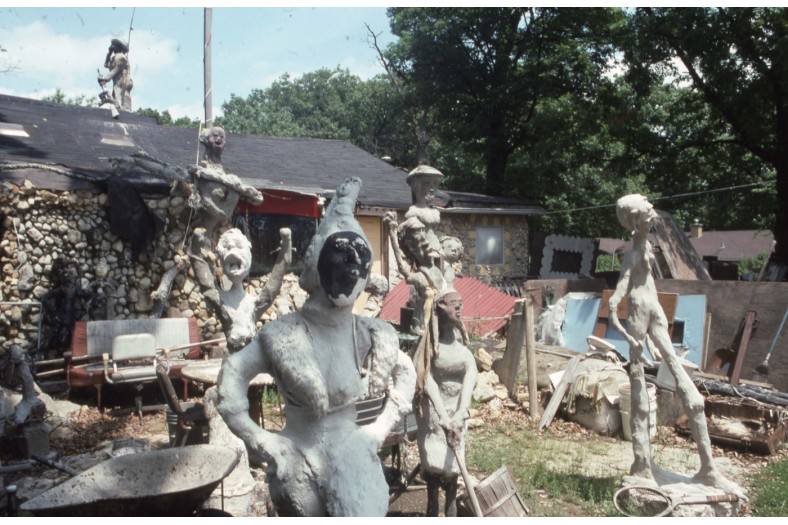
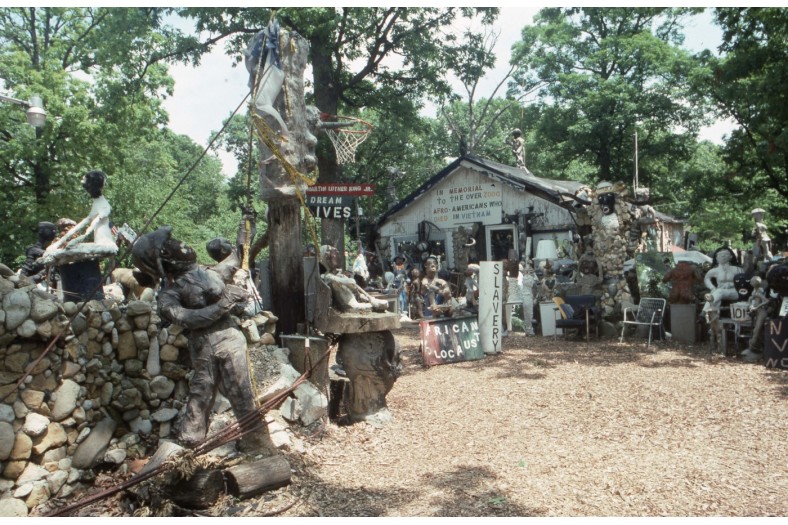
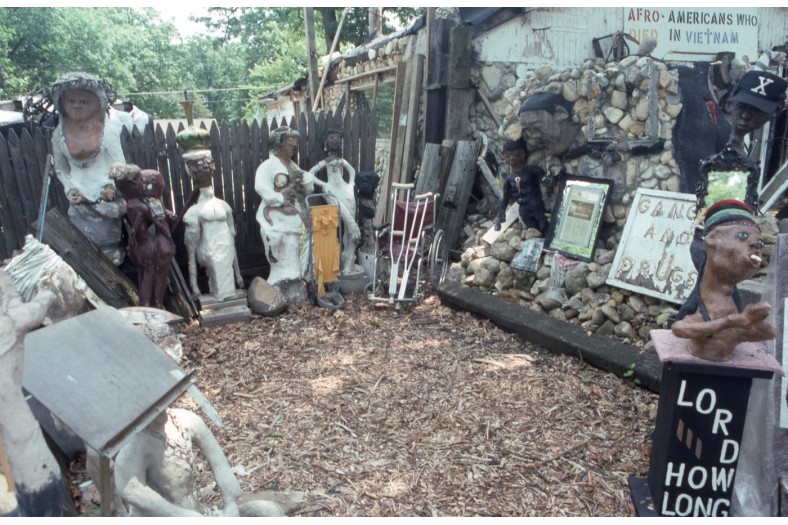
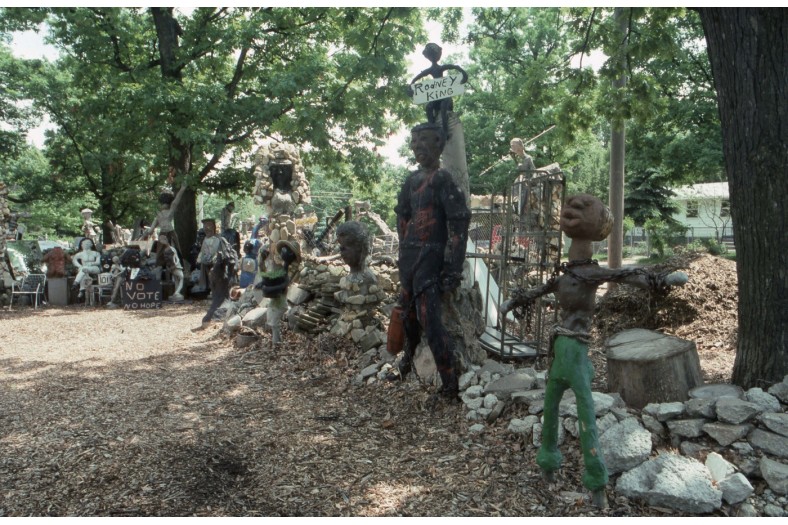
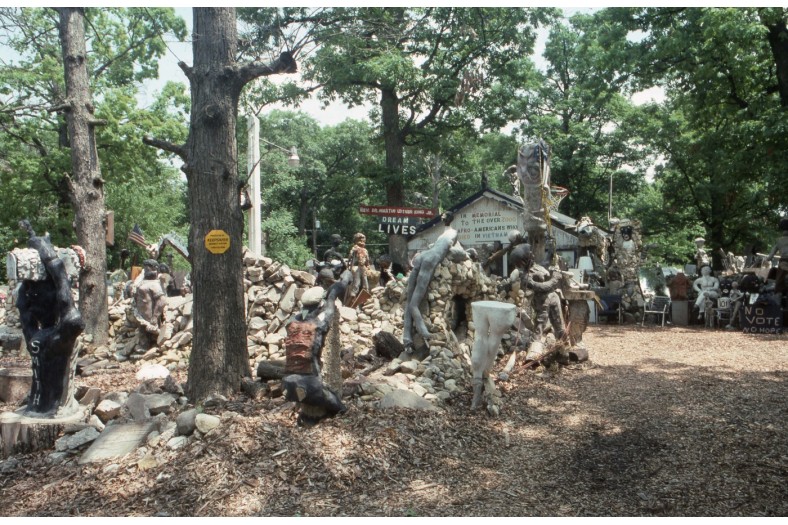
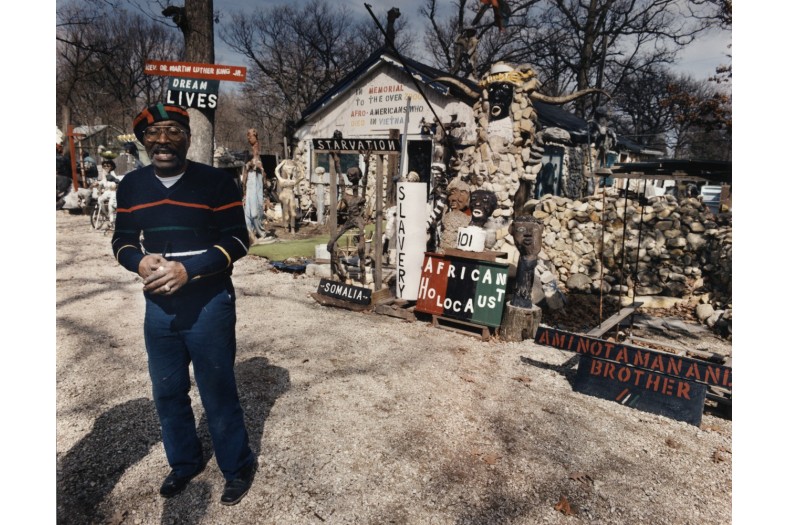
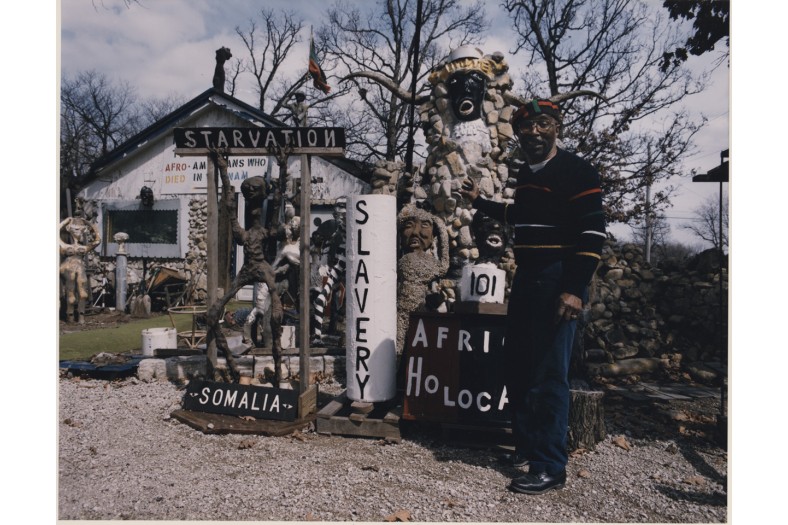

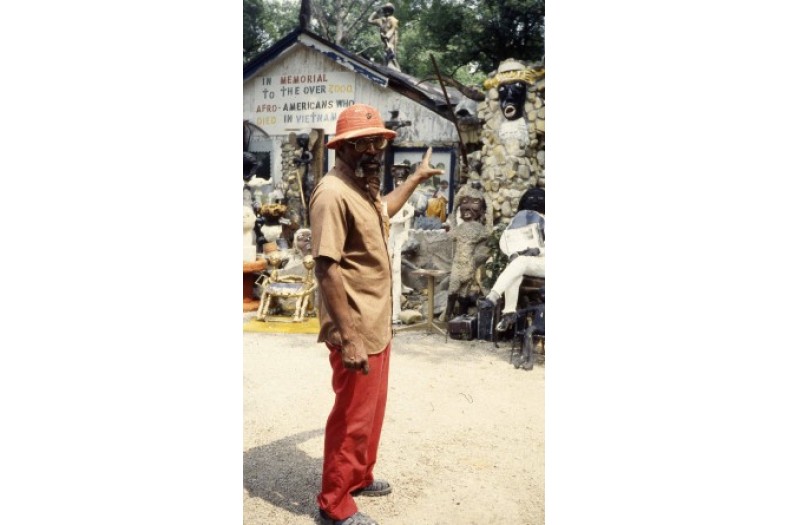
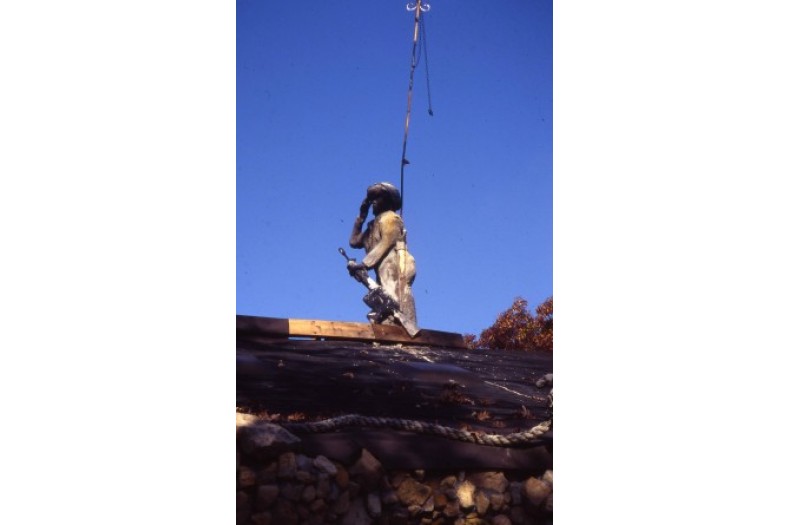
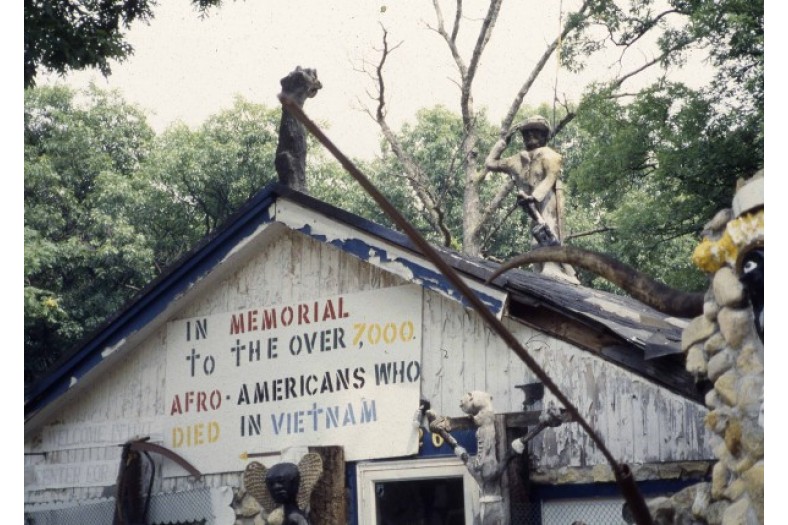
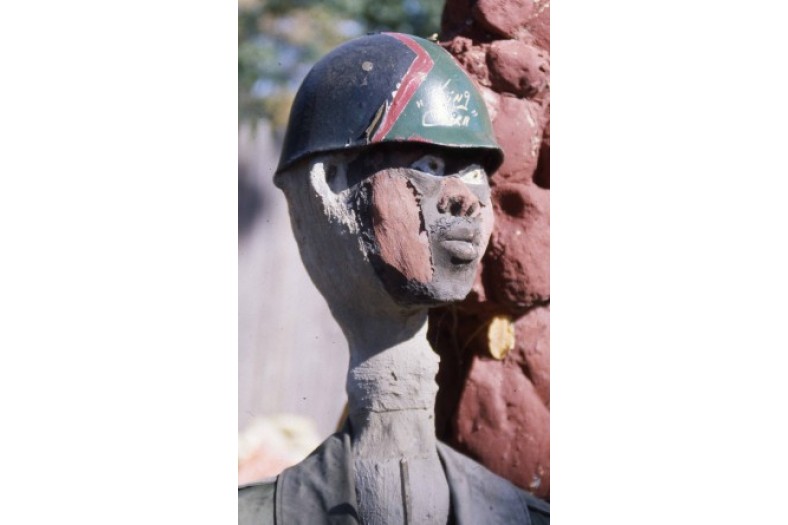
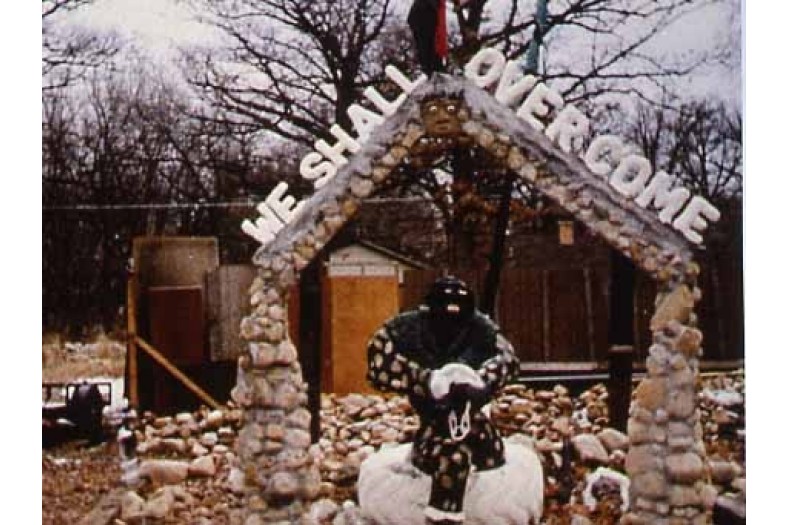
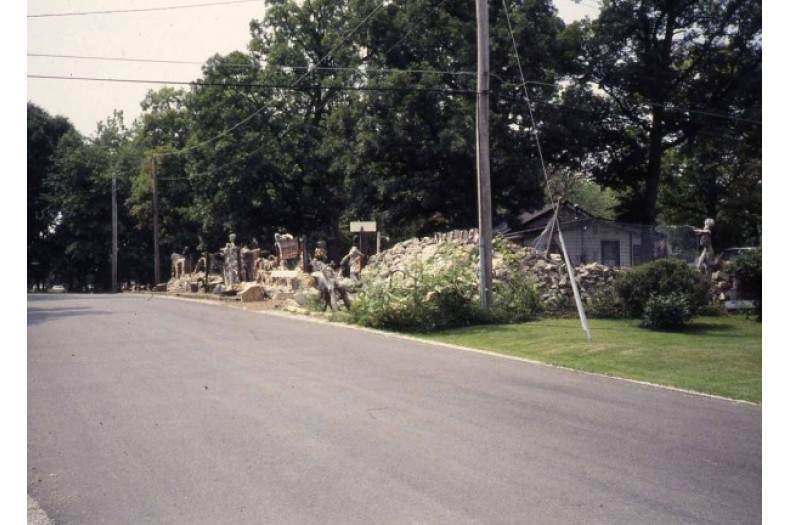
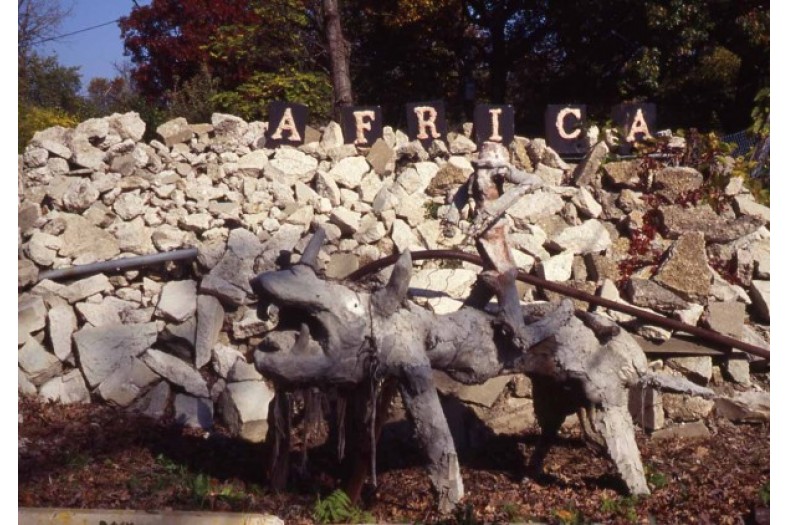
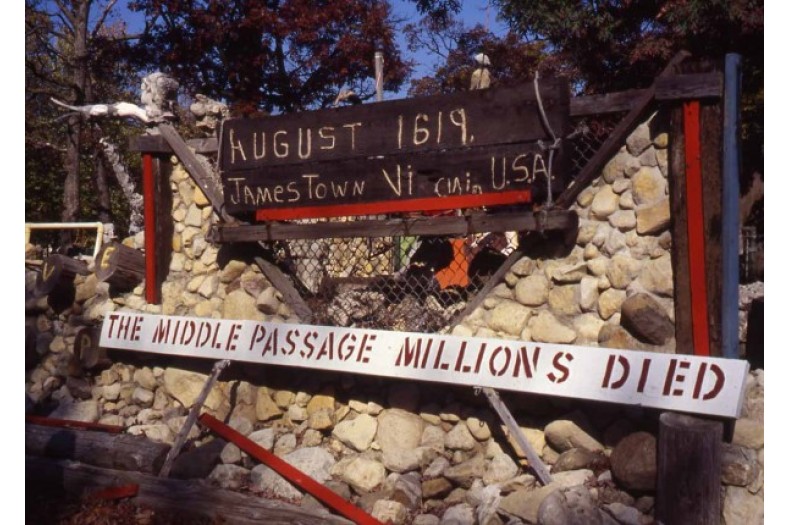
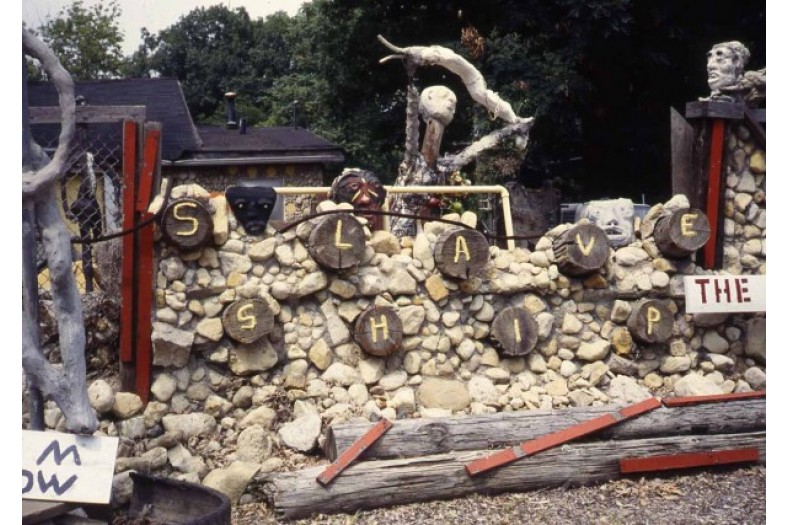
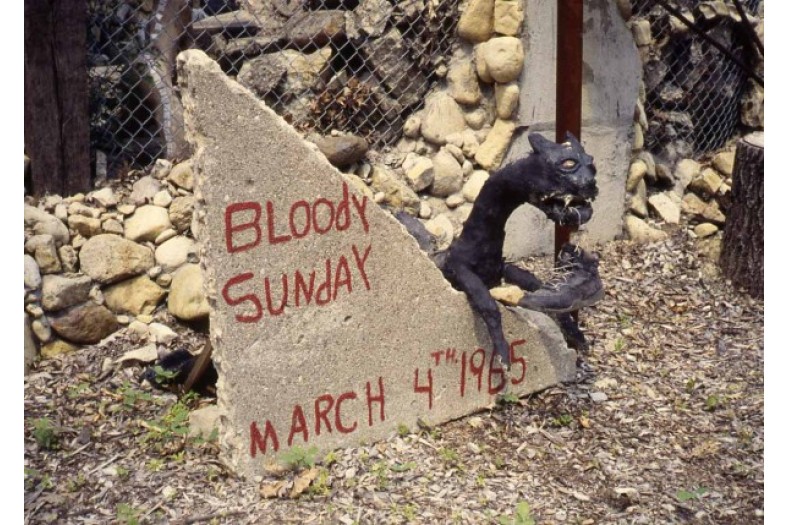
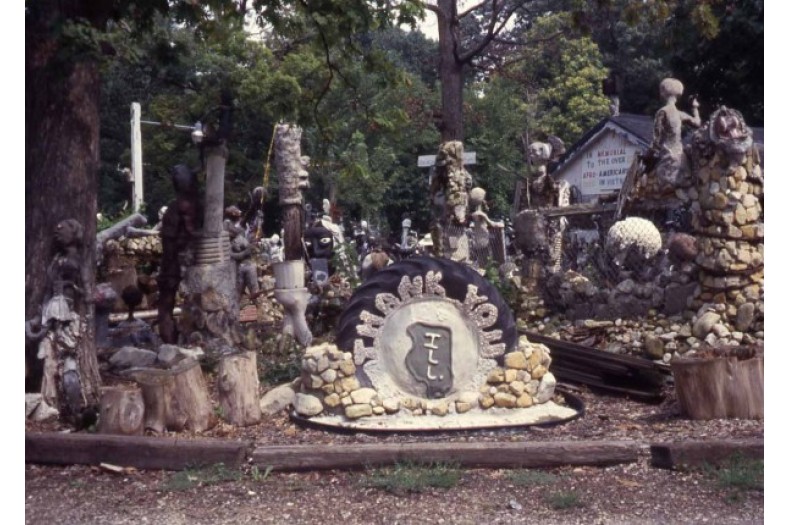
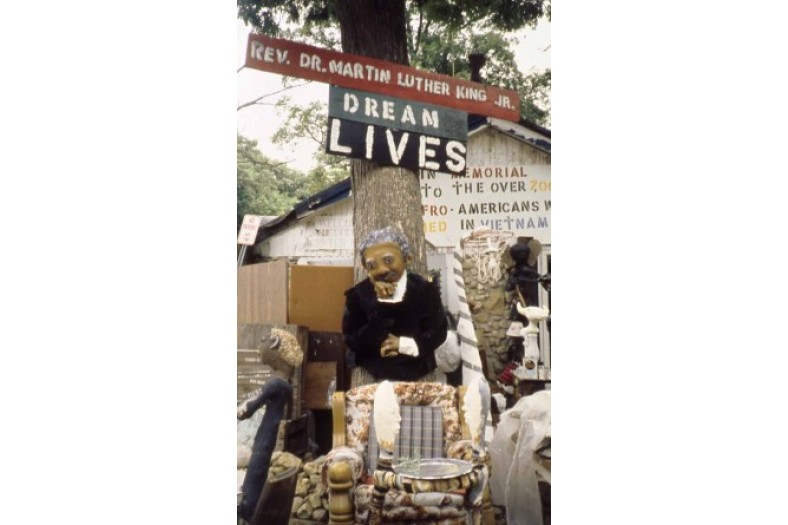
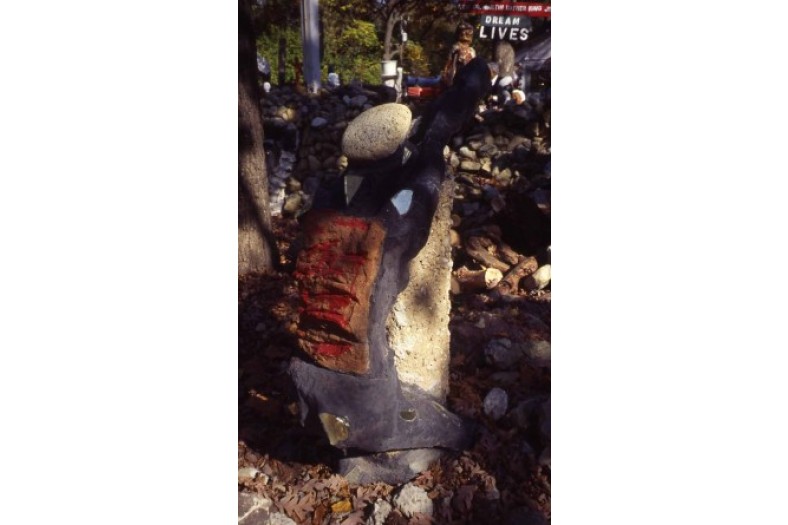
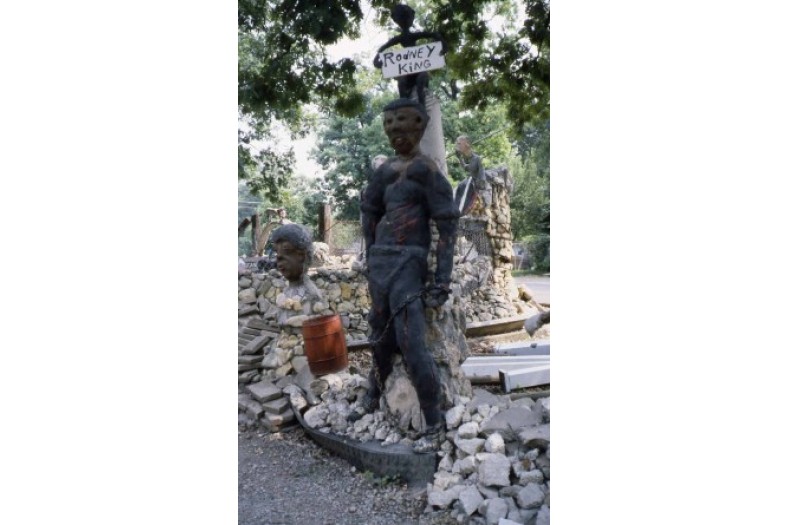
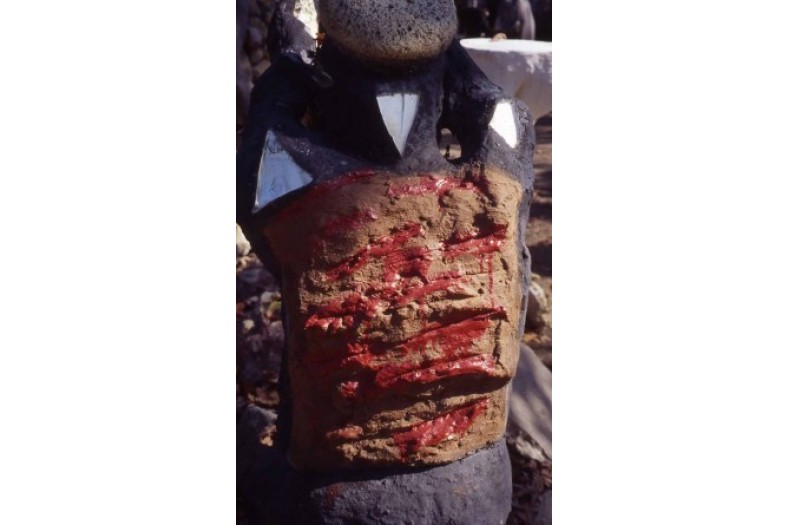
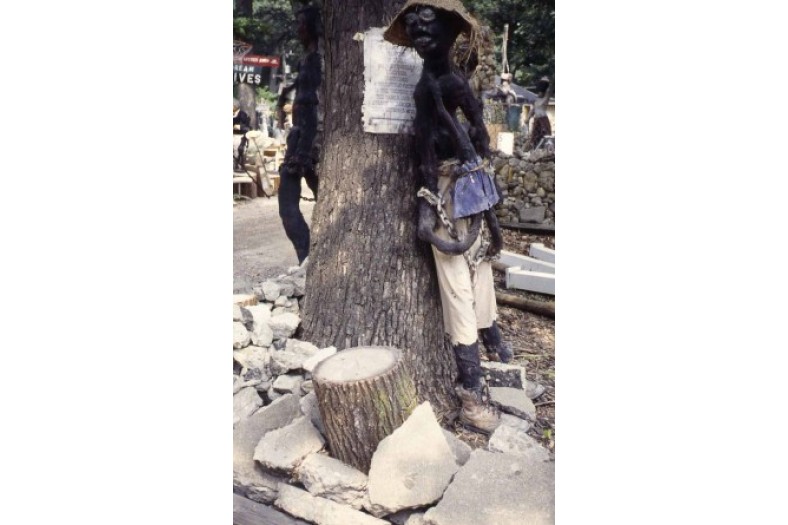
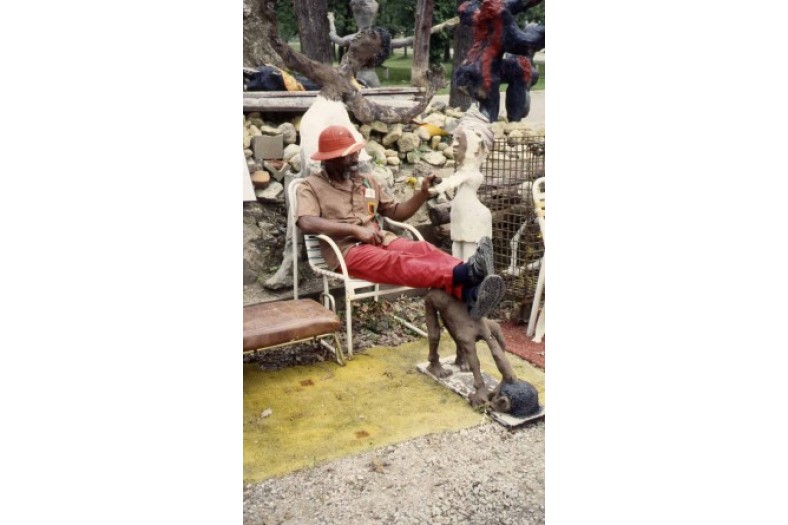
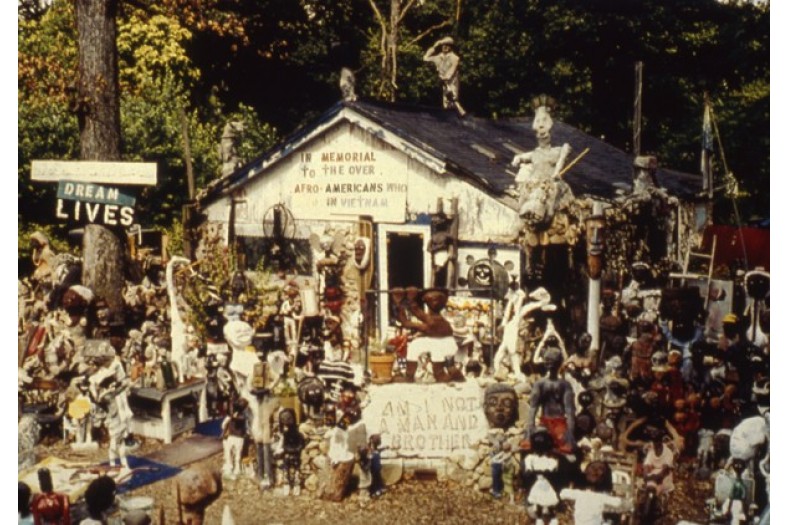
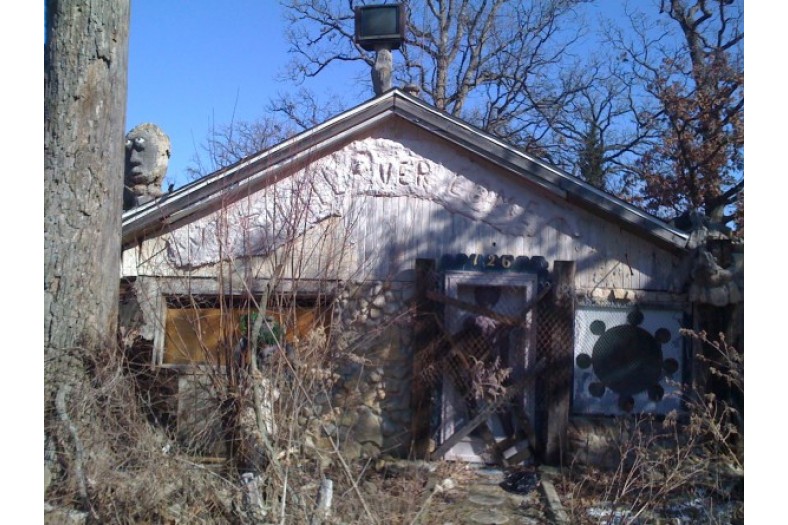

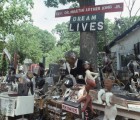
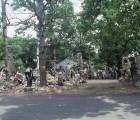
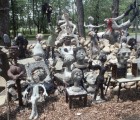

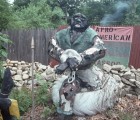
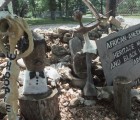

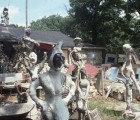
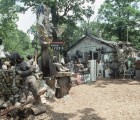
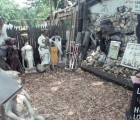
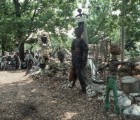
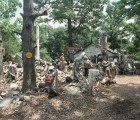

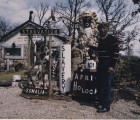

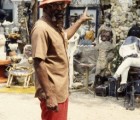
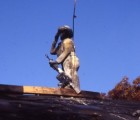
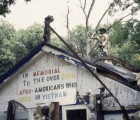
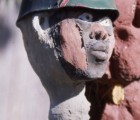
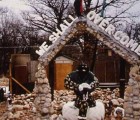
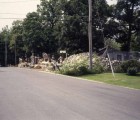

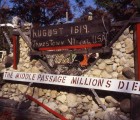
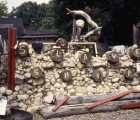
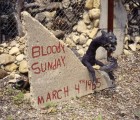
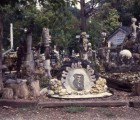
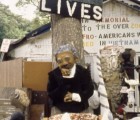
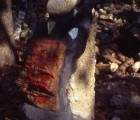
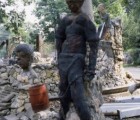
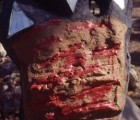
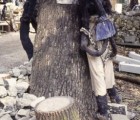
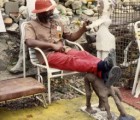
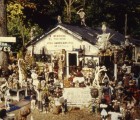

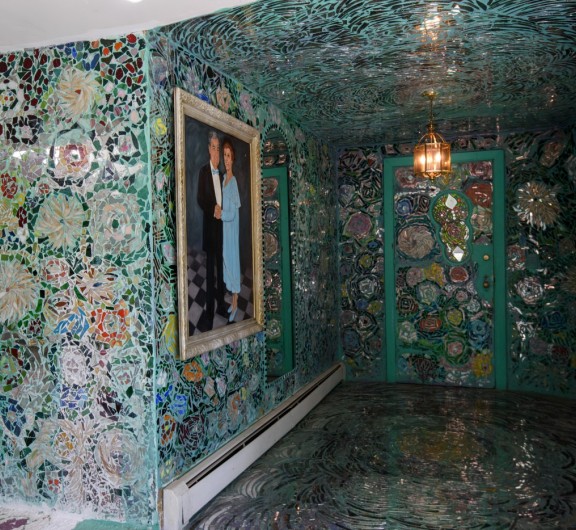
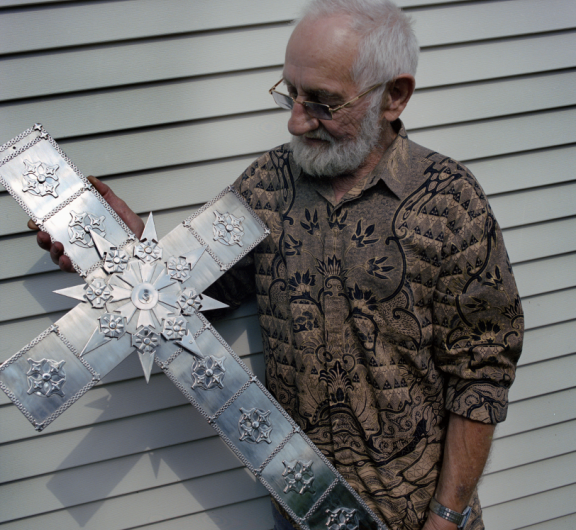
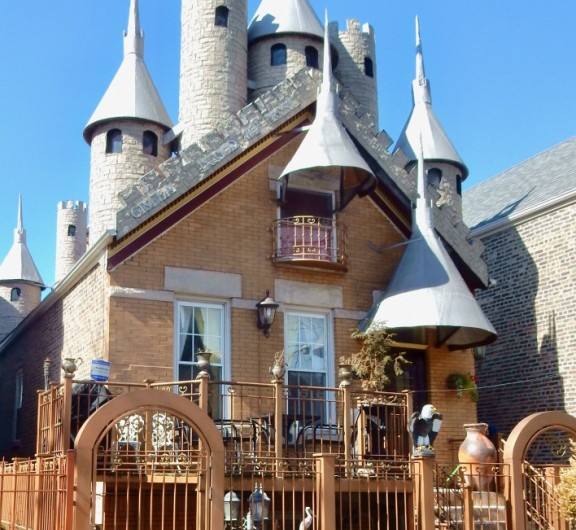
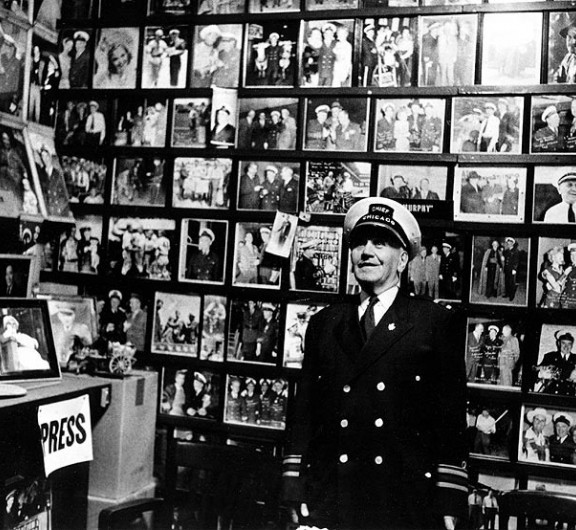
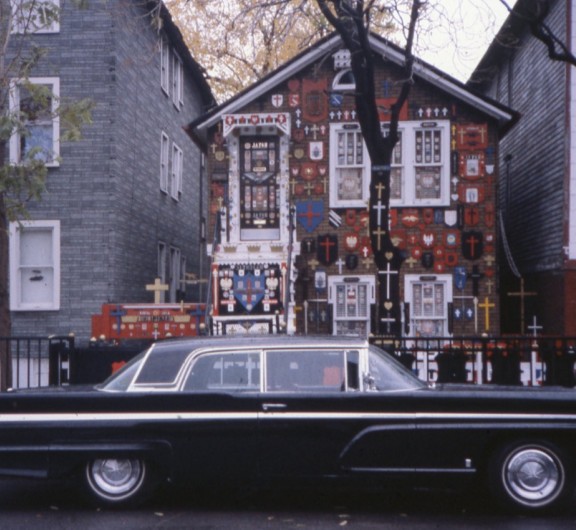


Post your comment
Comments
ron guillot July 9, 2022
I'm trying to find out where to buy sculpture of Dr. Charles Smith. ron guillot 3038070773